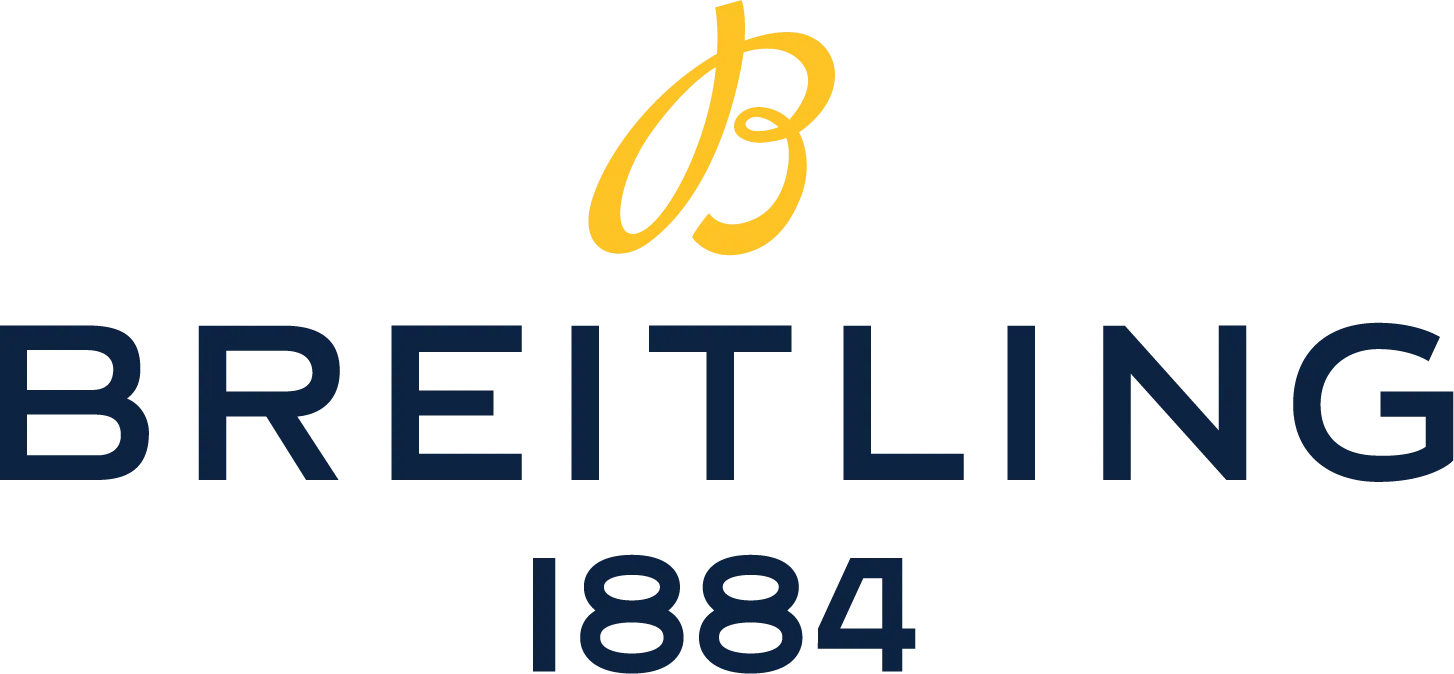Managing conflicts of interest
Conflicts of interest can quietly erode trust if left unmanaged. In episode 5 of SpeakUp Talks, we dive into how organizations are using technology to spot risks early, handle disclosures, and create a culture where transparency is part of the everyday workflow. Join us as we break down what compliance teams need to consider—from policy to tooling—and why automation is shifting the way teams manage integrity.
Episode summary
Conflicts of interest (COI) sound simple—ask everyone once a year, collect the forms, call it done. In reality, they’re pervasive, nuanced, and often invisible to the people involved. The conversation opens by defining COI broadly—outside work, family ties, board seats, vendor relationships—and stressing that “perception” can be as damaging as reality if left unmanaged. The goal isn’t to ban activity; it’s to surface issues early, apply proportionate mitigations, and keep the business moving with transparency.
Why do so many programs struggle? Because one-and-done annual disclosures create blind spots—things change mid-year, employees forget what qualifies as a conflict, and education gets reduced to a campaign email. The result is uncertainty for employees and rework for compliance. The episode argues for a unified model: keep the annual cycle, add a simple ad-hoc path for anytime disclosures, and proactively target groups when the risk profile changes (e.g., after an acquisition or when someone moves into a higher-influence role).
Audience segmentation matters. One standout practice: run tailored processes for executives and other higher-risk roles, and incorporate COI vetting into executive onboarding to handle holdings, appointments, and outside interests quickly and fairly. That preparedness can even become a hiring advantage.
Data fragmentation is the silent killer. Too many teams still rely on spreadsheets, SharePoint, or survey tools that don’t talk to each other—fine for a task, terrible for a program. A best-in-class approach connects SpeakUp reports, third-party risk, gifts & entertainment, and political activity where relevant, so investigators can see whether a relationship was disclosed, what mitigations were set, and how precedent guides today’s decision. Without that linkage, documentation is patchy and cycle time balloons.
COI is also a team sport. Because the “truth” of a conflict often lives in the business (e.g., a secret R&D project or pending deal), you need a fast way to loop in the right stakeholders, capture decisions, and close the loop with the employee—without a thousand emails. Equip line managers with embedded guidance and guardrails; compliance shouldn’t be the only brake or bottleneck.
Finally, the tech trend line is clear. AI can pre-triage employee questions (“Do I need to disclose this?”), flag patterns, and surface relevant precedent to reviewers. And as programs mature, integrating COI data with SpeakUp and other systems helps teams “connect the dots” and focus on the real risk. Expect adoption to rise from large enterprises outward.
Trusted by 600+ enterprises operating worldwide

.svg)











.svg)

%201.svg)

.svg)











.svg)

%201.svg)

